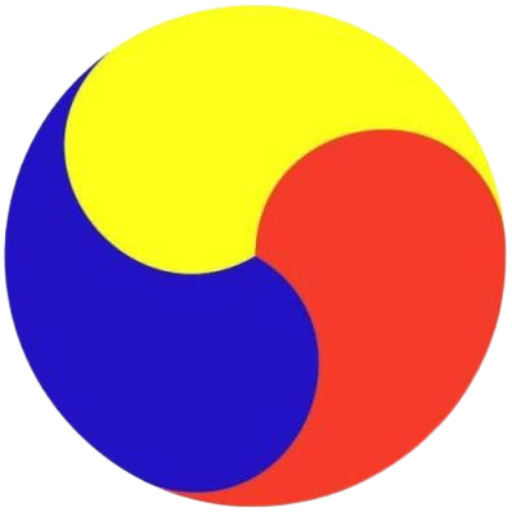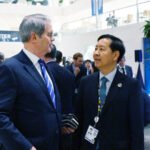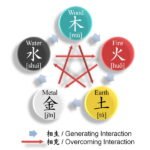Hyundai’s production line for the Kona in South Korea. The company may suspend weekend overtime work at the production lines for the subcompact SUV and the Tucson due to the falling transmission inventories (File photo by Yonhap)
Hyundai Motor Co. and Kia Corp., South Korea’s two largest carmakers, are likely to face disruptions in local production as their auto parts subsidiary halted operations at a plant due to a labor strike over bonuses and other benefits.
Unionized workers of Hyundai Transys Inc. have been on a general strike at a factory, which supplies more than 4 million transmissions to the two automakers, since Oct. 8, asking for bonuses and benefits of 230 billion won ($168.8 million), more than double the company’s operating profit of 116.9 billion won.
The walkout, which was estimated to have disrupted production of 150,000 transmissions, caused Hyundai Motor to cancel overtime work during weekends for some models as the leading South Korean carmaker’s inventories for the parts rapidly shrank, according to industry sources on Wednesday.
Hyundai Motor told its employees at production lines for the compact sports utility vehicle Tucson and the subcompact SUV Kona that they may not need to work overtime during weekends from Oct. 19 due to the falling transmission inventories.
“If the strike lasts until the end of this month, production lines for best-selling models such as the Tucson are likely to suspend operations,” said one of the sources. The Tucson is so famous at home and abroad that the company increased the model’s manufacturing at the expense of sedan production.
The labor dispute is unlikely to be settled soon as Hyundai Transys CEO and President Yeo Su Dong has recently rejected the unionized workers’ request, saying the company plans to invest 2.1 trillion won in the next three years despite an operating profit margin of only about 1%.
The margin was much lower than those of other auto parts makers in Hyundai Motor Group such as Hyundai Mobis Co.’s 3.9% and Hyundai Wia Corp.’s 2.7%.
The unionized workers asked for 2% of last year’s sales of 11.7 trillion won in bonuses, saying the management must be responsible for the sluggish profit margin. They plan to maintain the industrial action until Thursday and decide whether to continue it depending on the results of talks with the management.
TRANSMISSION INVENTORY TO RUN OUT IN TWO TO THREE WEEKS
The transmission inventories of Hyundai Motor and Kia are predicted to run out in two to three weeks due to the strike as Hyundai Transys, which exclusively supplies the components to the two automakers, manages its own stocks tight, industry sources said.
Hyundai Transys’ factory in South Korea (File photo)
The powertrain and seat maker, in which Hyundai Motor and Kia have a combined 81.5% stake, manufactures transmissions under just in sequence, an inventory strategy that matches just in time and completely fit in sequence with variations of assembly line production.
Hyundai Motor Group, the world’s third-largest automaker with Hyundai Motor and Kia, adopted the strategy in the early 2000s to reduce inventory risks.
HYUNDAI MOTOR’S OWN TRANSMISSIONS
As such labor disputes disrupted car production, unionized workers at Hyundai Motor requested the company to manufacture its own transmissions.
Hyundai Motor developed the TMED-II, a next-generation transmission for hybrid cars, with a plan to install it on a new model of its flagship SUV Palisade to be unveiled later this year.
The carmaker had planned to let Hyundai Transys produce the transmission but changed the plan for stable procurements of the parts.
“Hyundai Motor canceled orders to Hyundai Transys, saying it would make its own due to the supply instability caused by the strike,” said an official of the parts maker. “Hyundai Motor’s union also requested the production of the TMED-II.”
Some other Hyundai Motor Group affiliates are in trouble with unionized workers.
Hyundai Wia has been in disputes with unionized workers over wages since July, while Hyundai Rotem Co., the group’s railway system and defense unit, faced similar issues.
By Jin-Won Kim and Young-Hee Kwak
jin1@hankyung.com
Jongwoo Cheon edited this article.














